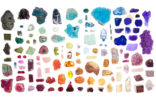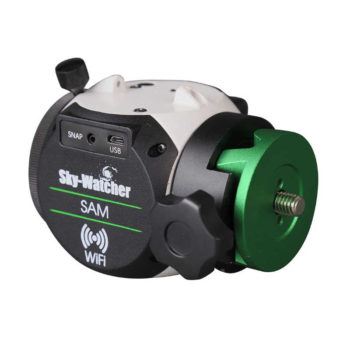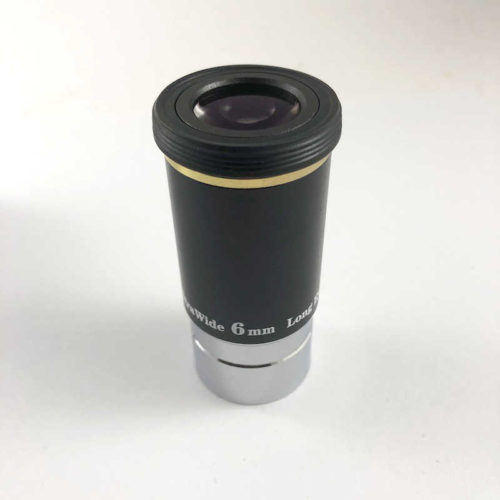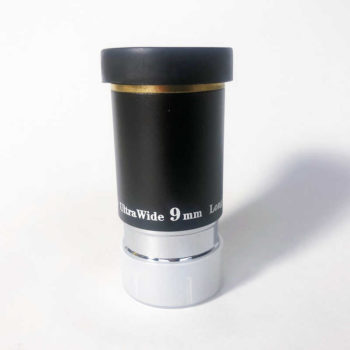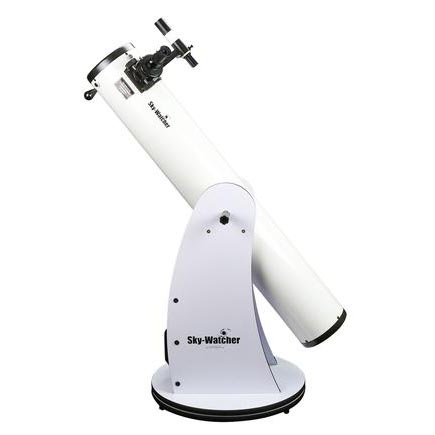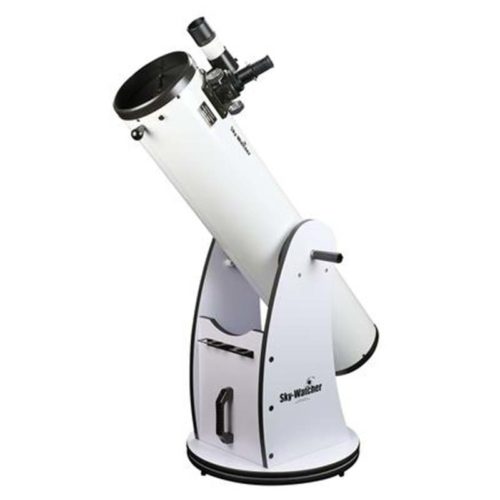BEGIN YOUR JOURNEY…..
Telescopes do not qualify for Free Shipping
AMAZING PHOTOS
taken with Sky-Watcher Telescopes by Peter Roth
OBSERVING TIPS
by Astrophotographer Peter Roth
1.
Go outside; astronomy is an outdoor activity. Trying to look through a window will distort images because window glass has too many optical imperfections which will only be magnified by a telescope. Terrestrial viewing through a window may be possible if the windows are fairly modern, but for the sky, you must go outside. Looking through an open window generally won’t work either because heat waves from the room will also distort the image––unless there is no temperature difference between inside and outside (usually rare in Canada). I used my first telescope at age 11 through a window for a month and I couldn’t understand why everything was so fuzzy and distorted. Then one night I went outside and looked at the moon and it blew my mind! The craters; the mountains––I couldn’t believe what I’d been missing! Then I pointed it at a bright yellow star and I saw Saturn’s rings! Next, I aimed at another brighter star and it was big, round Jupiter with its cloud belts and moons! It was a memorable night, and even though I was using a piece of junk, I was hooked.
2.
Allow the optics to cool down to the outside temperature. This is more of a concern in cold weather, especially with bigger scopes. Taking the scope outside and removing the lens covers will cool the optics so heat waves inside the tube will dissipate and allow for clearer images. A small scope will generally cool down enough in 5-15 minutes, and a bigger one may take 30-60 minutes(depending how cold it is outside). You can go outside and look right away, but only at the lowest powers, and even then there may be some ‘boiling’ of images and turbulence in the view until cooling has occurred. Very cold weather is not a problem. I’ve looked at Saturn at –20 degrees with a big 10-inch reflector and it was awesome. Cold temperatures will not harm the optics. Just remember to put lens covers on before coming back inside to allow the scope to warm up more gradually and reduce condensation on the glass. If condensation does occur, and it usually does, just allow it to evaporate and don’t try to wipe it off the lens or mirrors.
3.
If you are a total beginner, it is good to begin with viewing easier targets to find, like the moon. The best phase to see the moon is when it is near first quarter (it looks like a half-moon in the sky). Any calendar can tell you what time of the month first quarter appears in. For a few days before and a few days after first quarter, the moon seen through a scope is a breath-taking sight. Indeed, many people find the moon to be the most exciting object of all to look at in space. You can also view it near last quarter, but that always means getting up early in the morning before the sun comes up. The full moon is very bright and there are no shadows on it so it’s not the best time to see the dramatic surface detail that is visible at other times.
4.
Always start with low power (which means use an eyepiece with a longer focal length, like 25mm). People often ask, “why can’t I find anything with this telescope?” The thing to remember about telescopes is that they can only look at a small part of the sky at a time because even a low power eyepiece is often magnifying much more than binoculars do. At 40X magnification, a telescope can only see an area of sky about as big as a loonie held at arm’s length––perfect for viewing the moon. So it is easier to find your target at lower power first because the field of view is wider. When you find it and focus at low power, then you can switch eyepieces for higher power and refocus while the scope is pointing at the same place. The finderscope is meant to be used as a sighting scope for the main telescope. If it is properly aligned to the main scope, it should be pointing to the same place. So, first find your target with the finder, then move to the eyepiece and it should be in view. If you find say the moon in the finder, but it’s not visible yet in the main telescope eyepiece, it means the finder is not aligned. It’s easier to align it in the daytime. Using a low power eyepiece, look at a treetop or a building corner far away and aim the main telescope at it until you find it and focus. Then see where the finder is pointing and use the adjustment screws on the finder to make it point to the same place. Now it will be aligned and it will not be difficult to find things in the sky.
5.
Never look at the sun, except with a proper solar filter installed before the main lens or mirror. Never use the old-fashioned types that screw into an eyepiece––they are dangerous because they can crack from the intense heat of the focused sunlight. Solar filters are available at Gifts from the Earth for $10. They are excellent and they cut down the brightness of the sun by a factor of 1/100,000. Ask me for details.
6.
Good magazines to read are SkyNews (a Canadian publication that is bi-monthly), Astronomy and Sky and Telescope, (both from the U.S. but available everywhere in Canada). They all have monthly sky charts and lots of information about what’s current and interesting to look at each month. The best beginner’s book is Nightwatch, by Terence Dickinson. It is packed with lots of information and has very detailed charts of the night sky for all the seasons. Nightwatch is available at Gifts from the Earth.
7.
If possible, get out of the city once in a while with your telescope. The night sky far from the light pollution of cities is a wonder to behold and you can wander aimlessly among the starfields of the Milky Way for hours. There is so much more to see from a clear, dark sky. You owe it to yourself to experience just how good it can be!
Well, that’s it for now folks. If I think of anything else, I’ll update this guide. Until then, happy viewing and clear skies!
The Night Sky
We
are adrift
in an ocean of stars,
a shoreless expanse
of unknowable depths,
a vastness so great,
it eludes all comprehension.
The glow overhead
is the light streaming forth
from billions of suns
which form our galaxy’s arms.
Billions and trillions of galaxies float
in the silent velvet Black.
If we turn from our stress
and look up,
it is there,
still there,
always there,
and ever so quiet.
So pause for a moment,
an hour,
a night,
breathe in and feel
where we are.
Perceive the universe directly,
in all of its exquisite beauty,
its absolute mystery,
its wordless wonder.
And drink
of the fullness
of Infinite Possibility.
~ Peter Roth


